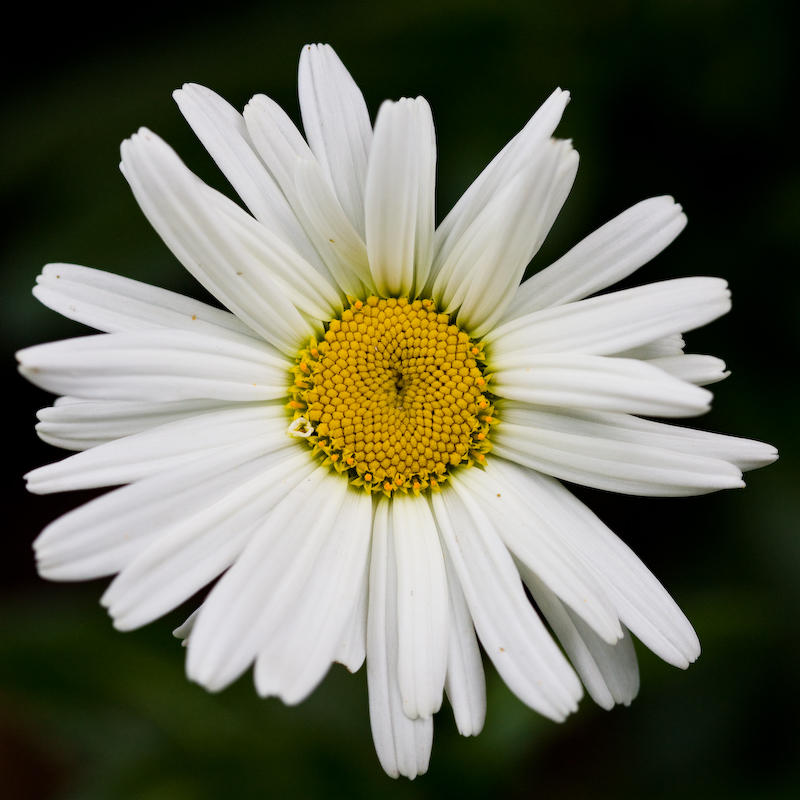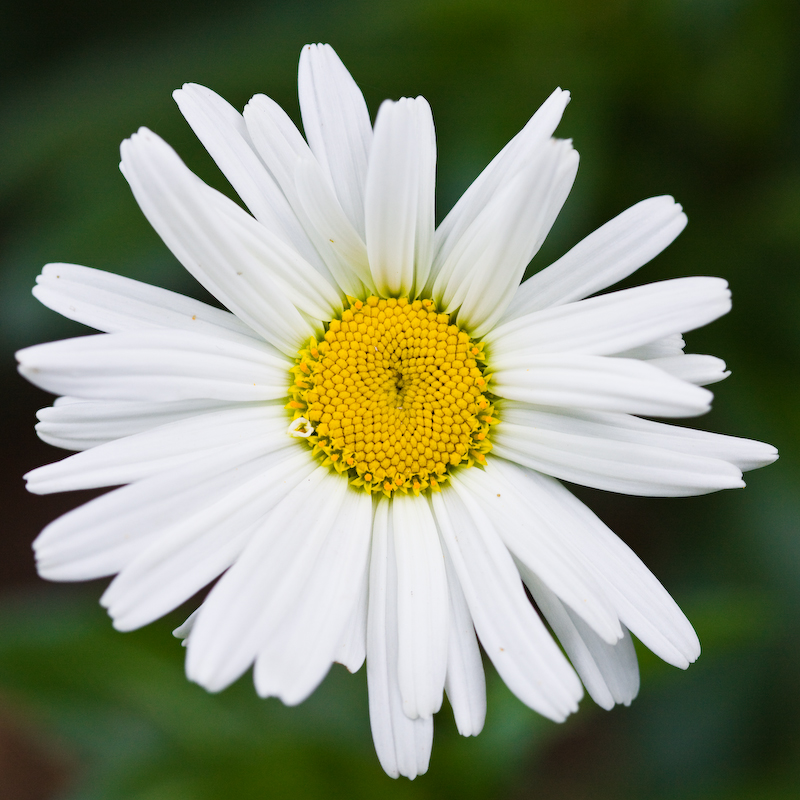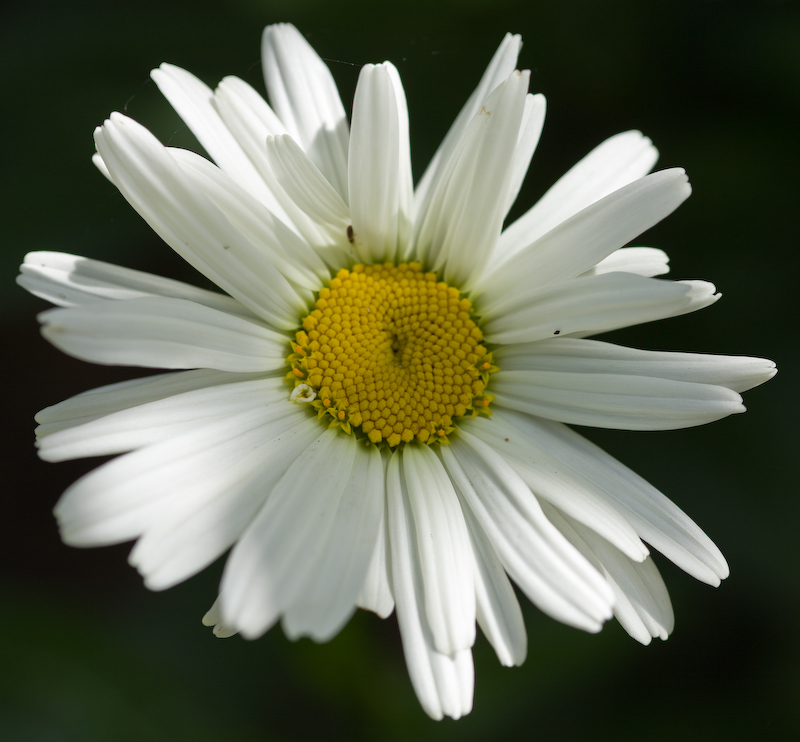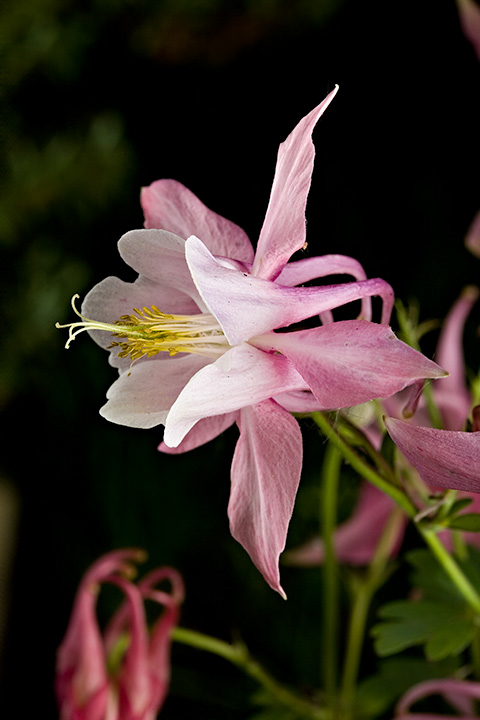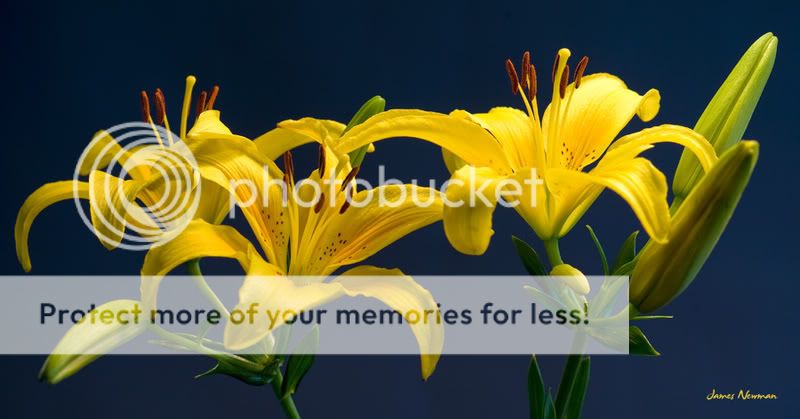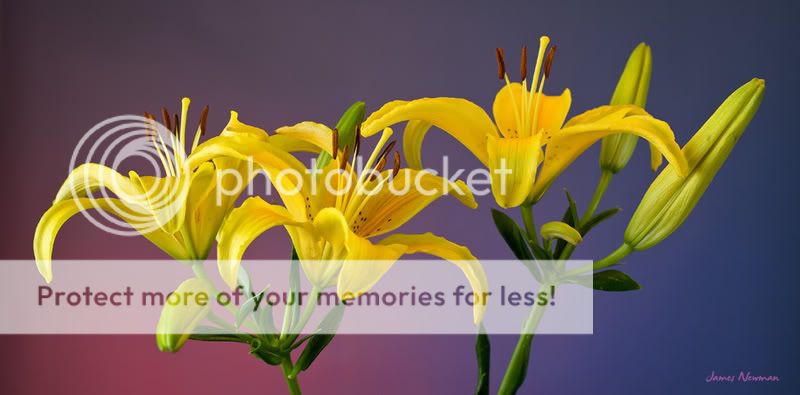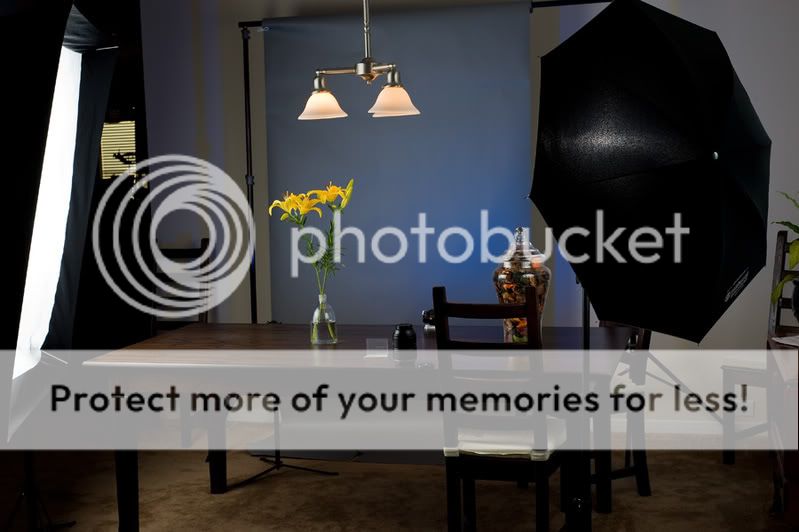Asher Kelman
OPF Owner/Editor-in-Chief
We slipped into this subject by chance in the popular thread of "Flowers By The Wayside".
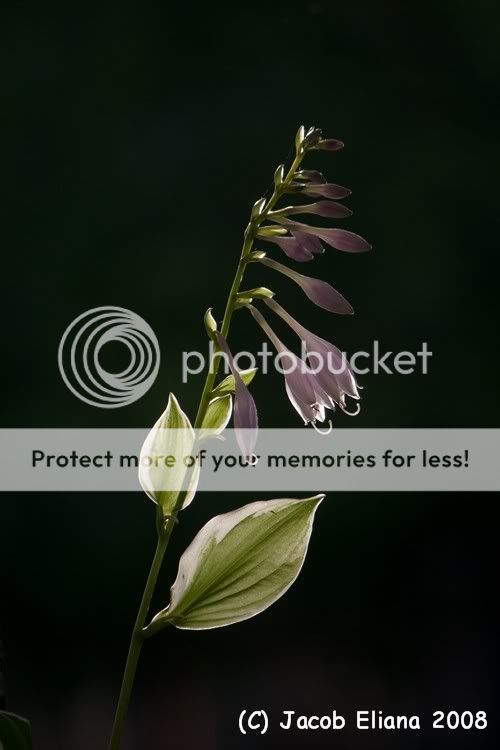
Hard working and dedicated Rachel Foster presented this well taken picture for critique. I had major reservations about the stark black background. She is sporting and tolerates even my harshest feedback. She has voiced no complaint at all neither publicly or privately, at least not to me, LOL)! Still, was I correct or just blasting off with an opinion unanchored in any sound values?
Well there followed a number of other flowers with such black or very dark backgrounds and now both Michael and Nathaniel have asked for further feedback. Remember, this evaluation is for me as much an enquiry as a set of opinions. Having said that let's go!
Asher

Hard working and dedicated Rachel Foster presented this well taken picture for critique. I had major reservations about the stark black background. She is sporting and tolerates even my harshest feedback. She has voiced no complaint at all neither publicly or privately, at least not to me, LOL)! Still, was I correct or just blasting off with an opinion unanchored in any sound values?
Well there followed a number of other flowers with such black or very dark backgrounds and now both Michael and Nathaniel have asked for further feedback. Remember, this evaluation is for me as much an enquiry as a set of opinions. Having said that let's go!
Asher

